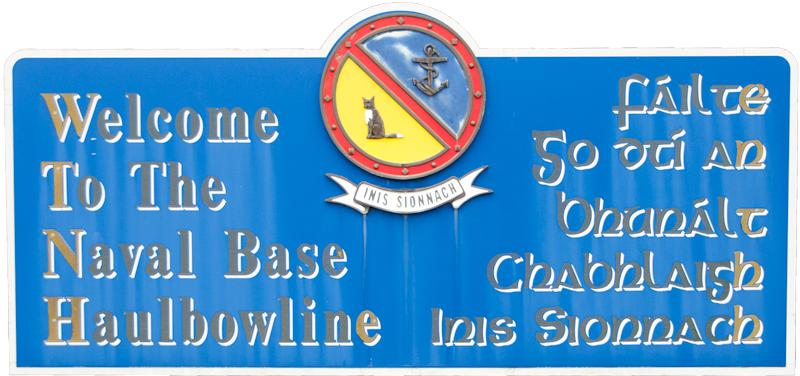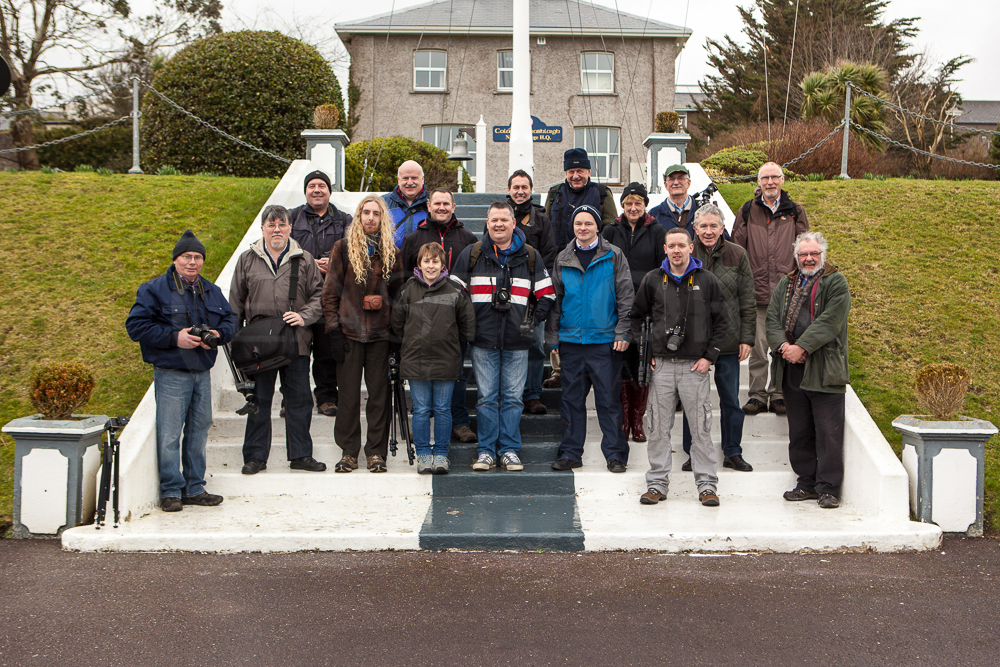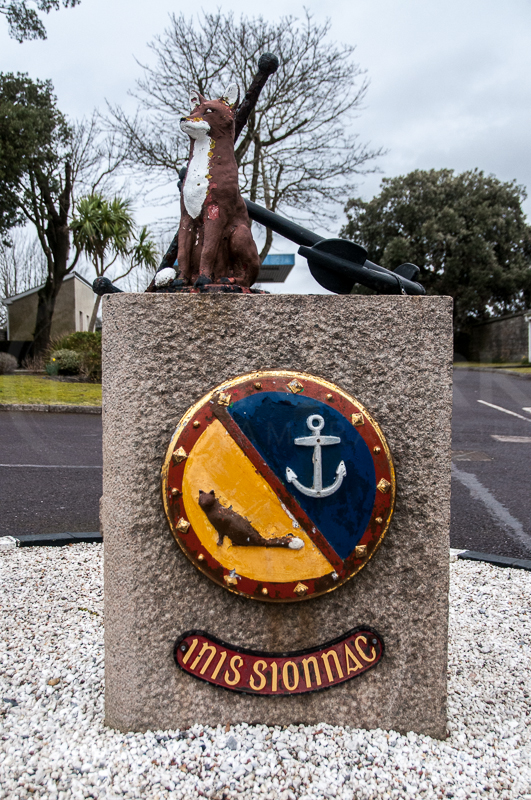 Captain Kevin Oprey stands on the bulbous bow of the Queen Mary 2
Captain Kevin Oprey stands on the bulbous bow of the Queen Mary 2
Sydney based photographer, James Morgan, took this epic shot to mark the 10th anniversary of the Ocean Liner, Cunard’s Queen Mary 2.
Here’s how The MailOnline reported it:
“The Queen Mary 2 is the largest ocean liner in the world and on Sunday her captain got a fresh view of her size and majesty.”
“Captain Kevin Oprey stood on the ship’s bulbous bow, which protrudes from the front of the 151,200 tonne liner, to pose for a portrait with his ship.”
“The photographs, taken to mark the tenth anniversary of the liner in May this year, were shot while she was docked at a port off the coast of Bali.”
“It took months of strategic and safety planning to work out how to get Captain Oprey onto the bulbous bow, which helps to stabilise the ship and streamline movement, and dips in and out of the water depending on currents and swell.”
“But it was an idea too good to pass up.”
“‘When I suggested we photograph the captain standing on the bulbous bow, they all looked at me like I was a tiny bit mad, but the fact it hadn’t been done was why we had to do it,’ photographer James Morgan told MailOnline.”
“Mr Morgan was in Sydney last week when he got a call that the conditions in Bali were perfect for the shoot and so he hurried to the Indonesian island to capture the images.”
“However, by the time he arrived the conditions had worsened and he spent a ‘nervous five or six hours on the bridge’, before the weather calmed and they were able to get the captain safely onto the bulbous bow.”
“Mr Morgan said ‘safety was paramount’ and they used two safety boats to transport Captain Oprey to the bow. He took the shot from a small boat floating in front of the Queen Mary 2.”
See more photos on the MailOnline site.
http://youtu.be/36_DbZrEdB0
Find photographer James Morgan on Facebook
 The MailOnline has reported the death of the US sailor made famous in the iconic photograph made by celebrated photographer, Alfred Eisenstaedt in Times Square, New York on VJ Day, 14th August 1945.
The MailOnline has reported the death of the US sailor made famous in the iconic photograph made by celebrated photographer, Alfred Eisenstaedt in Times Square, New York on VJ Day, 14th August 1945.
 Captain Kevin Oprey stands on the bulbous bow of the Queen Mary 2
Captain Kevin Oprey stands on the bulbous bow of the Queen Mary 2
 While being a modern military base, its long and illustrious history was inescapable with historic buildings, a martello tower and a nameplate commemorating a 19th century Royal visit, featuring among the reminders of times past. Records show a continuous military presence on the island since 1602 when the island was fortified against seaborne attack.
While being a modern military base, its long and illustrious history was inescapable with historic buildings, a martello tower and a nameplate commemorating a 19th century Royal visit, featuring among the reminders of times past. Records show a continuous military presence on the island since 1602 when the island was fortified against seaborne attack.




